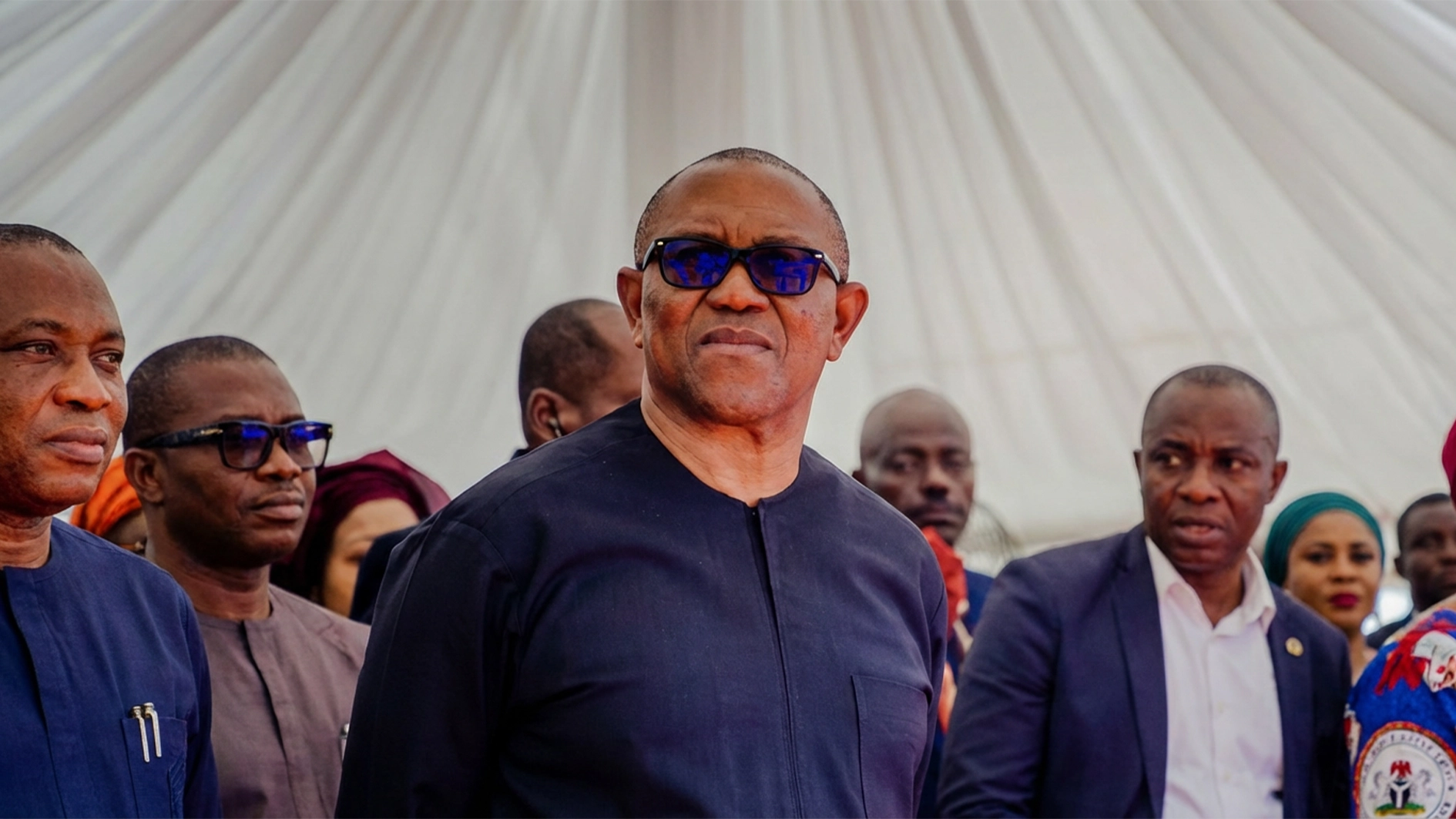
He said the non-availability of gas supply to the 10 plants under the National Independent Power Projects (NIPP) was responsible for their failure to generate 4,541 Megawatts of electricity into the national grid.
Akpotaire made the disclosure at the National Assembly complex, Abuja when he appeared before the Ahmed Idris-led ad-hoc committee that is probing the issue.The committee is investigating the alleged non-transparent and fraudulent sale of the power assets at the National Assembly complex.He promised that the BPE would seek core investors to manage the assets as soon as two of the plants were completed and the gas supply was restored.
Akpotaire further explained that the BPE relied on the valuation provided by the Nigerian Electricity Regulatory Commission (NERC).He added that it was 25 per cent lower than the ones submitted by other valuers to enable the Distribution Companies (DISCOs) to recover their investment.
The acting DG disclosed that the monies realised from the sales of the assets of defunct Power Holding Company of Nigeria (PHCN), were spent on workers terminal benefits, while another part was paid into the escrow account.
He added that N9, 550100 was approved by the National Council on Privatisation (NCP) as cost of transaction, while the sum of N23, 389,518,240.70 was transferred to the Treasury Single Account (TSA).
Akpotaire further said the Federal Government generated the sum of $1,409,095,332.51 from the sales of DISCOs and $1,038,024,627.46 from the sale of the six the Generation Companies (GENCOs).
Giving a breakdown of the privatisation of generation, distribution and transmission of the unbundled PHCN assets, he explained that the country requires $12 billion to generate 180,000MWs between now and 2030 to solve the power problems.
On the engagement of Manitoba as the management contractor for the Transmission Company of Nigeria (TCN), he said, “the financial proposal was opened publicly after obtaining the NCP’s approval.”
However, Mr. Iseoluwa Johnson, who stood in for the Power Grid of India, argued that the entire process leading to the appointment of Manitoba fell short of the laid-down rules.He said the monies that were paid to Manitoba from the government’s coffer were a breach of the provisions of the Public Procurement Act.






